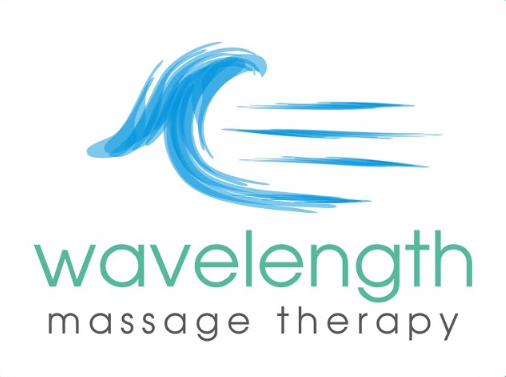Well, first off: Thai and shiatsu are both deep tissue massage. All that “deep tissue” means is that it’s having an effect on the deeper tissues of the body beyond the initial layer of skin, connective tissue, and maybe the top layer of muscles. There are LOTS of muscle layers in the body–at any one point in the body there are maybe 3-7 muscle groups lying on top of one another. The abdominals, for instance, are actually four layers deep (transverse abdominus at the bottom, internal oblique, rectus abdominus [the 6-pack muscle], and the external oblique on top). Lighter-pressure massage like Swedish or myofascial release tend to focus on the top layer of tissue to improve circulation, release connective tissue, and promote relaxation. The “deep tissue massage” that you’re probably most familiar with is a combination of Western techniques: long gliding strokes from Swedish, pinpoint pressure on “knots” as in Trigger Point therapy, and probably some cross-fiber friction. Depending on the therapist’s training they might incorporate a whole bunch of different stuff from different modalities, but usually when a Western person talks about “deep tissue massage,” they’re describing a combo of Western techniques that have become the definition of that type of massage b/c that’s what people in the West are most familiar with.
Thai incorporates different yoga poses, use of hands and feet, and static pressure to perform deep tissue massage. There’s a ton of stretching, pressure on certain blood vessels to cause a vascular flush, and acupressure points (same as acupuncture except w/o the needles). Different people will get different things out of different modalities; but personally, Thai is great for my hips. I have a lot of scar tissue bound up over my sacrum due to falling on my tailbone when I was a young teen, and something about the pressure and stretch of Thai always helps that tissue release. As a therapist I’d recommend Thai for anyone with low back or hip issues, or joint issues in general.
Shiatsu uses static pressure with the fingers at particular acupressure points throughout the body to move energy (or “chi”) along certain channels (called “meridians”). Again, very similar to acupuncture except without the needles. There are particular patterns that the therapist works with; usually, they perform a thorough diagnosis first to assess the patient’s overall health…and I do mean thorough. Shiatsu follows the Traditional Chinese Medicine (TCM) system, and any TCM modality tends to take the patient’s whole scene into account: their physical, mental, emotional, and spiritual states can affect the treatment protocol. Because Shiatsu uses static pressure, it’s a great style of massage for people with heart issues, while other modalities can be deadly. Someone with heart failure, for instance, could actually be killed by having a Swedish massage. I’m going to repeat that: if you have heart issues, do NOT get a Swedish massage. Swedish is the #1 best massage to improve the circulatory system, and improved circulation can quickly overload a damaged heart. If you’ve got heart issues, Shiatsu is about the only thing you can do in terms of massage. (Same with blood clots. If you’ve got a thrombosis of any kind, do not get circulatory massage: the therapist can actually knock the clot loose and send it through the bloodstream to the brain, heart, or lungs, killing the patient.)
Any other modalities that you’re interested in knowing more about? There are hundreds! Personally, I perform Western-style deep tissue, myofascial release, Swedish, Ashiatsu, aromatherapy, and Tui-Na.
